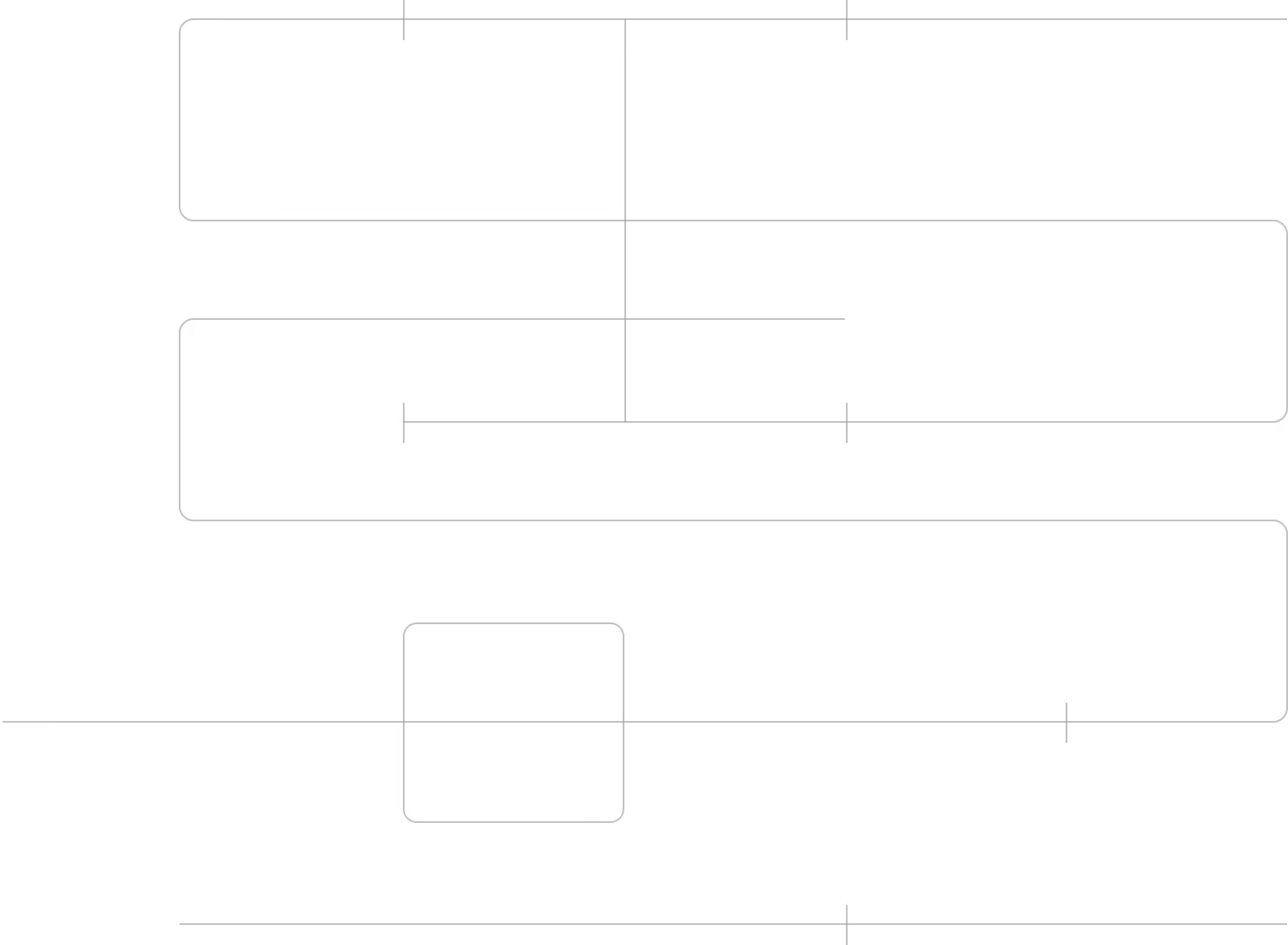Membrane Systems
Our Membrane technology provides unparalleled treatment quality, combining innovation with ease of use to meet the diverse needs of our clients.
What is a Membrane System?
A Membrane System in wastewater treatment is a technologically advanced process that utilizes semi-permeable membranes to separate contaminants from water. This innovative system works on the principle of membrane filtration, where wastewater is passed through membranes with microscopic pores. These pores are fine enough to allow water molecules to pass through while effectively trapping suspended solids, microorganisms, and other pollutants.
Membrane Systems are versatile and can be employed in various configurations, including Microfiltration (MF), Ultrafiltration (UF), Nanofiltration (NF), and Reverse Osmosis (RO). Each type targets specific contaminants and impurities, offering a range of treatment levels from basic clarification to complete removal of dissolved solids.
The strength of Membrane Systems lies in their efficiency and precision. They are capable of producing high-quality effluent suitable for a variety of reuse applications, from industrial processing to irrigation and even potable water supply. Additionally, these systems are known for their compact design, making them ideal for sites where space is at a premium. Membrane Systems represent a leap forward in wastewater treatment technology, providing an effective, eco-friendly, and economically viable solution for modern-day wastewater management challenges.
.avif)

Case Studies
.avif)
How Membrane Systems Work
Membrane Systems utilize selective barrier technology that allows for the separation of contaminants from wastewater. The process involves pushing or pulling water through a semipermeable membrane, effectively filtering out solids, bacteria, and other pollutants, resulting in clean, treated water ready for reuse or safe discharge.
A critical aspect of this process is membrane flux, which measures the rate at which water permeates through the membrane per unit area. Understanding membrane flux is essential for optimizing system performance and efficiency. To learn more about membrane flux and its importance in wastewater treatment, check out our detailed article here.
Why Choose bioprocessH2O for Membrane Systems
Industry-Leading Expertise: Our team brings years of experience in developing and implementing membrane technology.
Tailored Solutions: We provide customized membrane systems to match your specific wastewater treatment needs.
Technological Excellence: Our membrane systems are at the forefront of wastewater treatment technology, offering superior performance.
Commitment to Quality and Compliance: We ensure our systems meet the highest standards for quality and environmental regulations.
Unmatched Customer Support: From design to post-installation, we offer comprehensive support and service.
Sustainable and Eco-Friendly: Our systems are designed with an emphasis on environmental sustainability and reduced energy consumption.
Cost-Effective Operations: We focus on providing solutions that are both efficient and economical in the long run.

Exceptional Filtration Quality
Energy Efficient Operation
Compact and Modular Design
Automated and User-Friendly
Adaptable to Various Wastewater Types
Low Maintenance Requirements
Durable and Long-Lasting Components
Reduced Environmental Impact
Scalable for Future Expansion
Comprehensive Customer Support
Additional Benefits and Features
- Versatile Treatment Applications: Ideal for both industrial and municipal wastewater.
- High Removal Efficiency: Effectively removes a wide range of contaminants.
- Resilience to Variable Loads: Consistently performs well, even with fluctuating wastewater conditions, and flux in membranes capacity.
- Minimal Chemical Usage: Reduces reliance on chemicals for treatment.
- Odor and Noise Minimization: Designed for quiet and low-odor operation.
- Ease of Expansion and Upgrade: Flexible design allows for easy system upgrades and expansion.
- Guidance on Regulatory Compliance: Assistance with navigating and meeting regulatory standards.
- Turnkey System Implementation: Full-service installation and setup of the entire system.
.avif)

Speak with a design engineer today.








